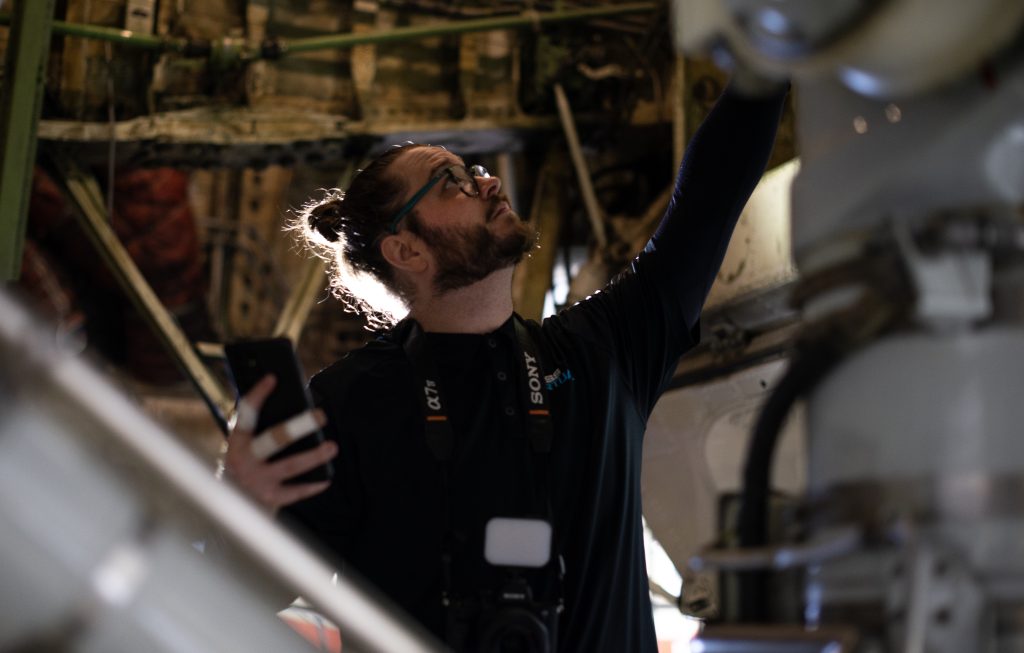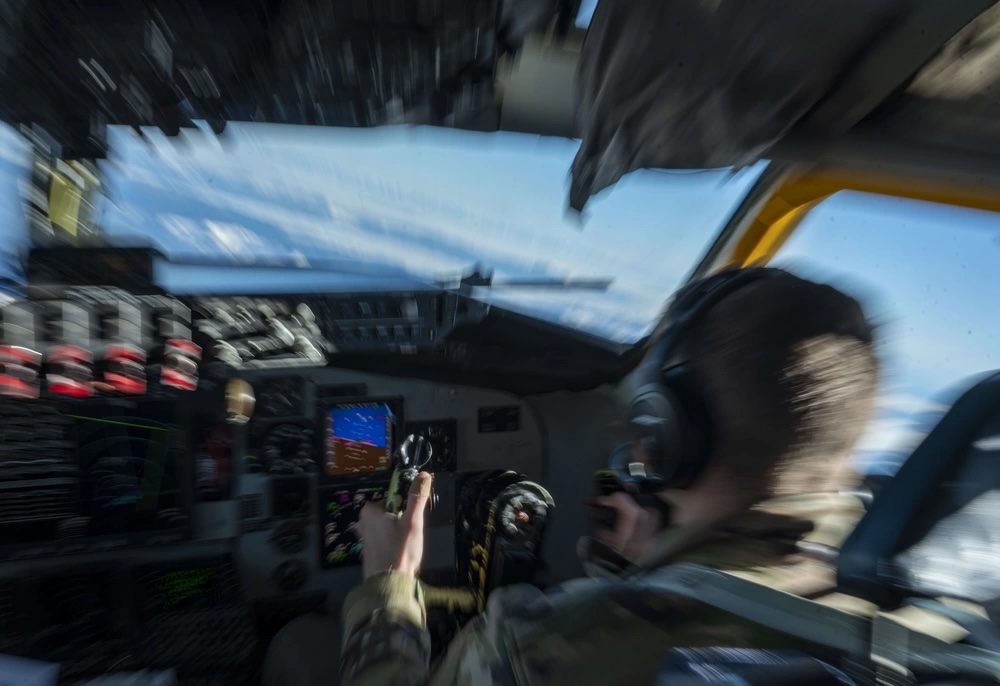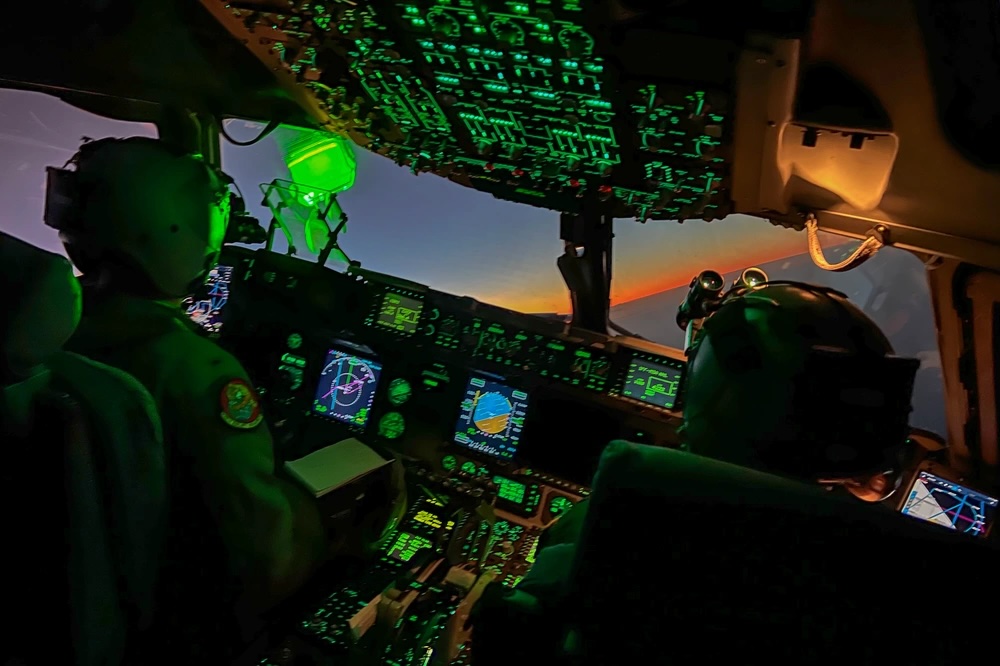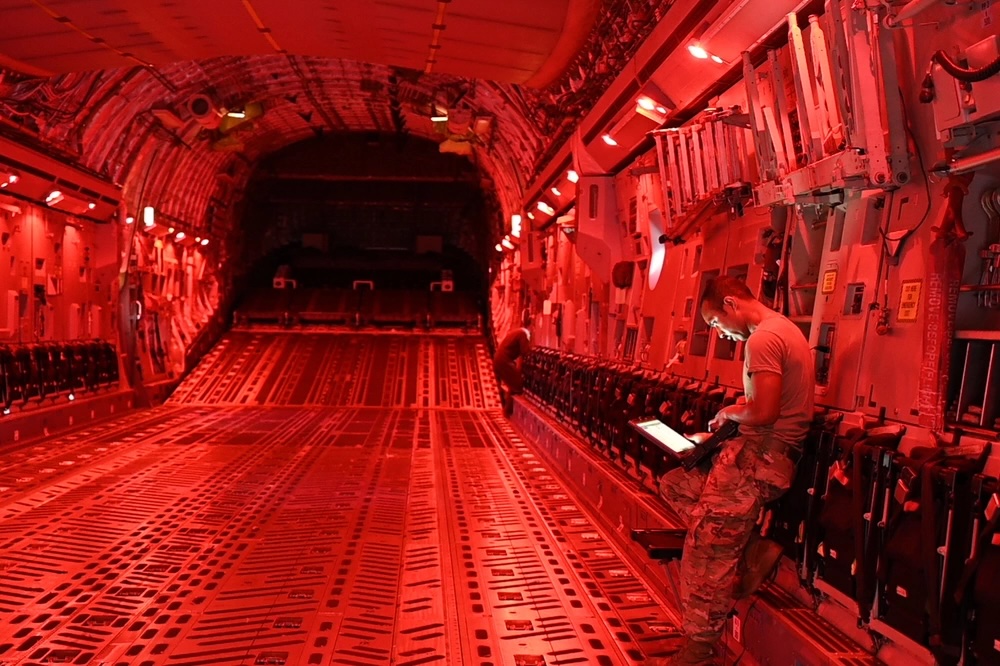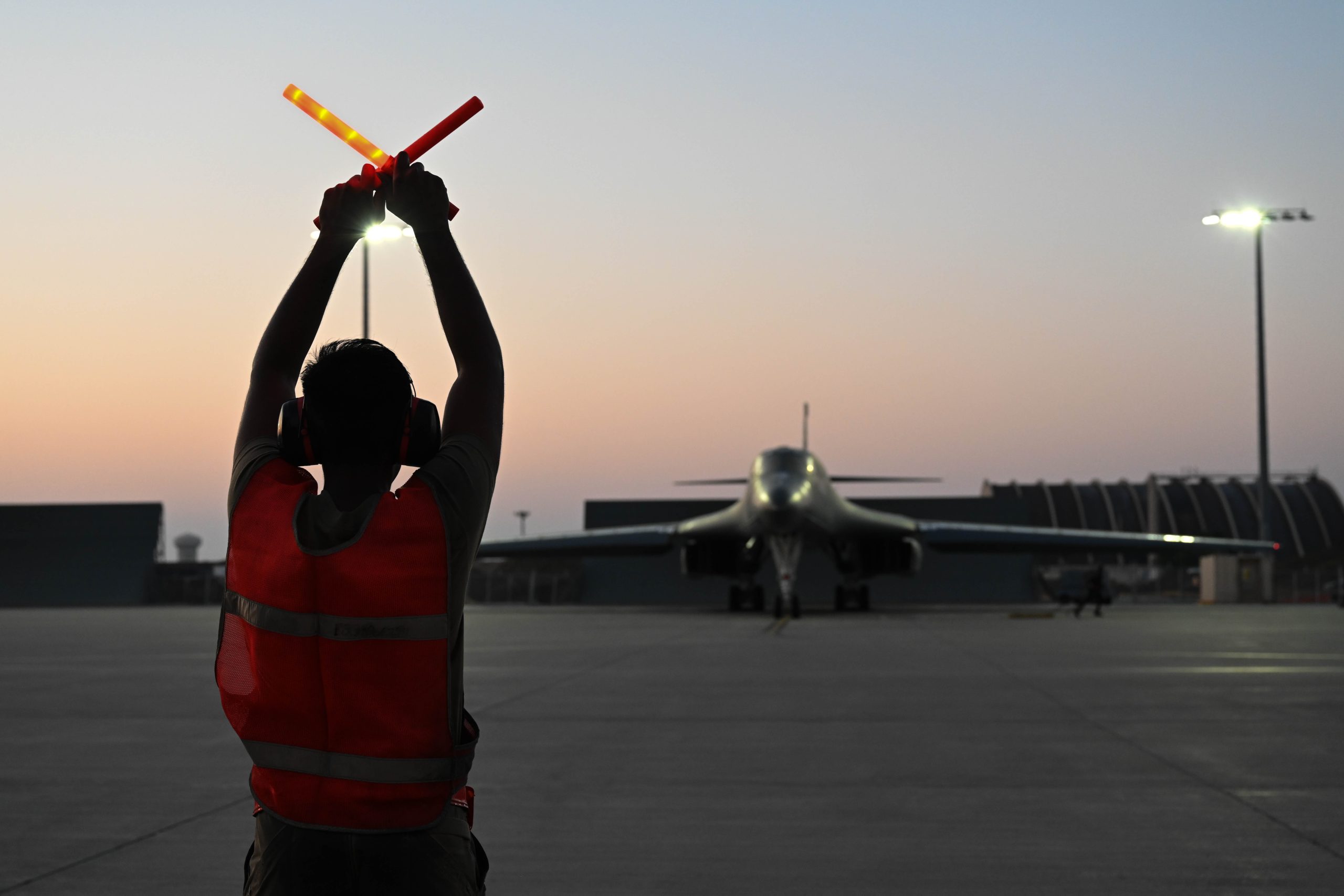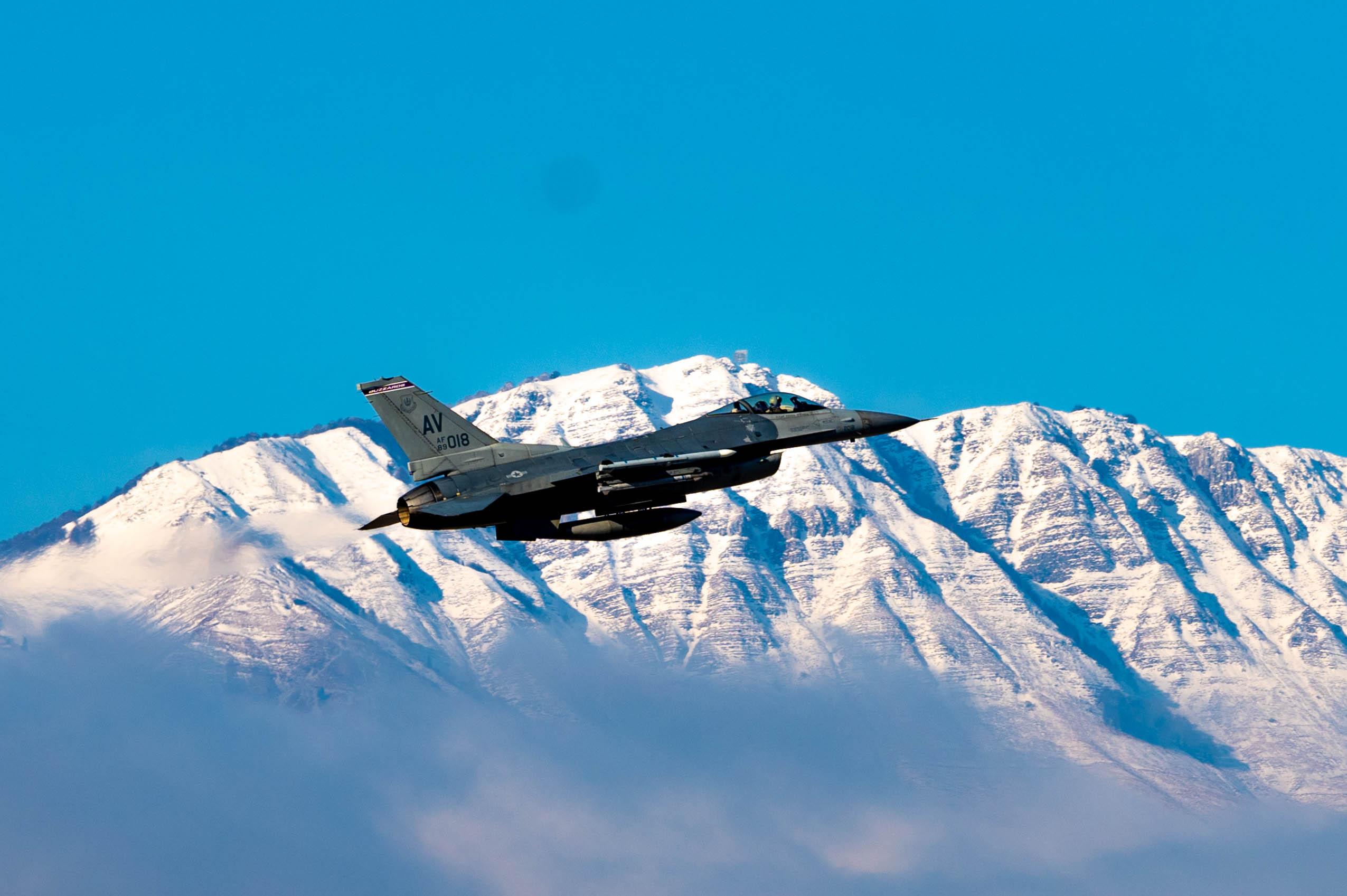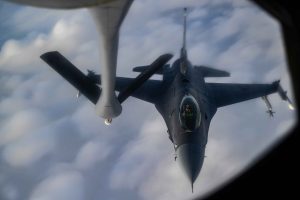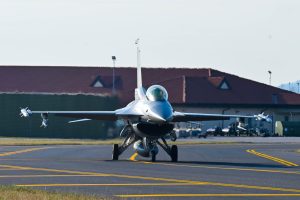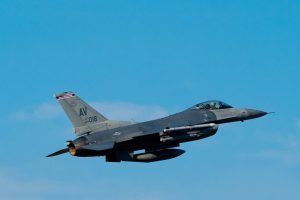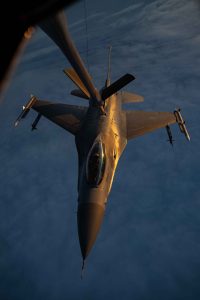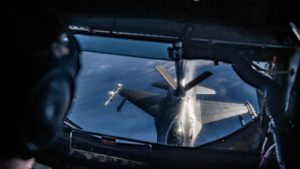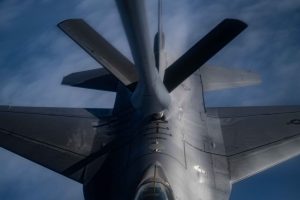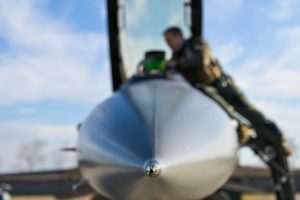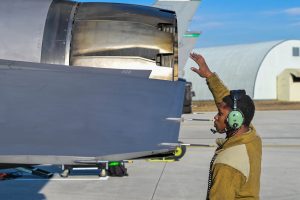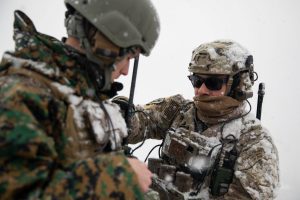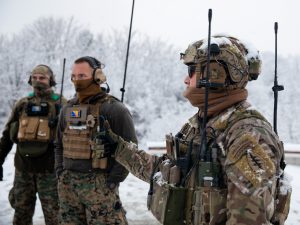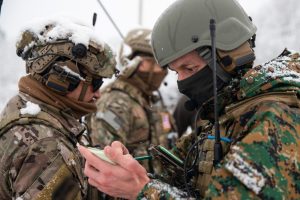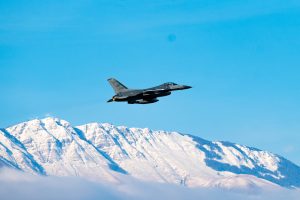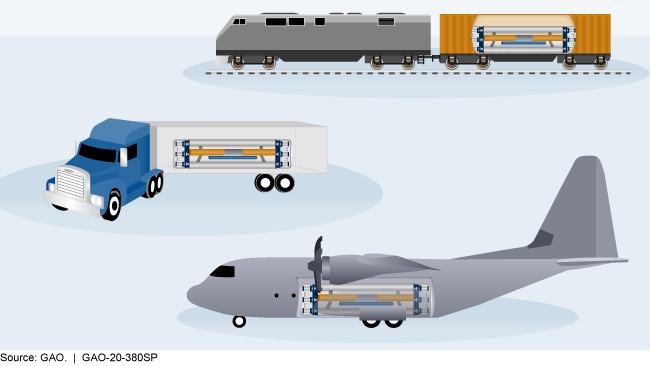The Pentagon’s first-ever National Defense Industrial Strategy is not “aspirational,” but sets the stage for a series of concrete steps to improve the resiliency, surge capacity, and long-term health of the defense industrial base, DOD officials said in unveiling the document Jan. 11. An implementation plan will be coming next month, they add.
“We are finalizing a detailed classified implementation plan,” Laura Taylor-Kale, assistant secretary of defense for industrial base policy said, which will include “near-term, measurable actions and metrics to gauge progress.” An unclassified version of the implementation plan will be published next month, she said, while the classified version will be released to necessary White House and Capitol Hill officials in March.
While the NDIS is meant to govern defense industrial policy over the next 3-5 years, it’s also a vision for “generational change” of the acquisition system, said Taylor-Kale.
The 60-page strategy, released under the signature of Deputy Defense Secretary Kathleen Hicks, describes the current state of the defense industrial base as adept at innovation and developing advanced capabilities but without the speed, breadth, and depth to adequately respond if the U.S. gets into a major war with a peer competitor.
It sets out “how we got here” Taylor-Kale said, along with broad prescriptions for improvements.
“The current and future strategic environment requires immediate, comprehensive, and decisive action in strengthening and modernizing our defense industrial base ecosystem to ensure the security of the United States and our allies and partners,” Hicks said in a foreword to the document. “As this strategy makes clear, we must act now.”
Later, at an event hosted by the Center for Strategic and International Studies, Taylor-Kale noted that the NDIS is “program, sector, and theater agnostic,” although it does discuss submarine and shipbuilding specifically. She declined to say what new major programs will be most affected by the new strategy.
She noted that while the strategy doesn’t discuss particular kinds of batteries, for example, “we know we’re going to need lithium” to power those batteries, and so it discusses approaches to expand access to defense-critical raw materials, such as Rare Earth Elements.
The need for a strategy was highlighted by real-world crises like the COVID-19 pandemic and the war in Ukraine, Taylor-Kale told reporters at the Pentagon. After extensive discussions with analysts, industry and other stakeholders, it distills that knowledge into “what is it that we need in order to move forward.”
The NDIS will “guide the department’s engagement policy, development, and investments in the industrial base over the next three to five years,” William LaPlante, undersecretary of defense for acquisition and sustainment, said in a brief preview at the Reagan Defense Forum in December.
“A strategy is what allows all of us to make choices … of what we’re going to do and invest in and what we’re not going to do,” he said. The strategy also calls out the risk of inaction, he noted.
The document highlights:
- The need for resilient supply chains to produce needed items “at speed, scale and cost,” LaPlante said.
- Workforce readiness, particularly with regard to the ship- and submarine-building industry.
- “Flexible acquisition,” with a professional acquisition workforce able to “use all the tools” available to it to buy things efficiently with “the right mix of customization.” This will include heavy reliance on commercial, off-the shelf items and procedures, he said.
- “Production is deterrence,” LaPlante said. The industrial strategy must not be viewed as “a U.S.-only solution,” he said, but a “resilient industrial ecosystem among not just the U.S. but our allies and partners.”
The document says the U.S. will engage in joint production of certain high-demand items, make more direct use of needed technologies if they are developed by foreign partners, and inject more speed and responsiveness into the Foreign Military Sales enterprise. The FMS system will anticipate partner needs and accelerate cases, the strategy states.
Taylor-Kale said the NDIS also accounts for the need to have a well-coordinated effort using an all-of-government approach, including allies and partners.
At CSIS, she said the strategy does not call for for an overhaul of defense acquisition policies, which has been undertaken in recent administrations. The Pentagon only uses “about a quarter” of the authorities it already has to be flexible in contracting, she said, and the strategy calls for greater use of flexible methods.
Five years ago, under the Defense Production Act, the Pentagon only executed $60 to $70 million worth of acquisition actions, she noted, but “last year, it was $900 million.” That was achieved with no new legislation, she said.
The Pentagon will pay special attention to removing “the pain points and choke points” industry complains about in the supply system, she noted.
Specific action areas called out in the report:
Supply Chain Resiliency
The strategy calls for:
- Incentivizing contractors to invest in extra capacity
- DOD to do a better job anticipating and managing needed stockpiles
- Expanding domestic production and widening the base of industries on which the DOD draws
- The use of data analytics to understand where the lowest-tier suppliers are, expand their numbers and help ensure their survival, as well as invest in their cybersecurity.
Without taking these corrective actions, the U.S. and its allies might not be able to “adapt to new and emerging threat environments,” the document states. The defense industrial base risks facing program-delaying material shortfalls.
“‘Just-in-time’ delivery has created fragility in the production capabilities for many end items, making sub-tier suppliers especially vulnerable,” the strategy noted.
Workforce Readiness
The strategy calls for expanding student participation in science, technology, engineering, and manufacturing (STEM) pursuits; investing in the development of defense-critical skills; expanding apprenticeship programs; “de-stigmatizing” careers in manufacturing and trades; and expanding recruitment from “non-traditional communities” to widen the pool of potential defense workers.
Taylor-Kale noted that the Pentagon, in concert with outside experts, has mapped the regions where there is a shortage of workforce and where additional workforce might be available, and will work with the Departments of Labor and Commerce to make the best use of it where it is. Workforce “is very regional,” she said.
Flexible Acquisition
The strategy calls for more industry standards and open architectures; more investment in research and development, and consideration of exportability in all new procurements. It also calls for “more discipline” in the requirements process to prevent “scope creep,” prioritizing off-the-shelf acquisition where appropriate, and negotiating license agreements to ease concerns about intellectual property.
Economic Deterrence
Focused mostly on international industrial collaboration, this push calls for:
- Strengthening economic security agreements among partners and allies
- Enabling “international interoperability standards” so that all allies can use common equipment that in turn will work with other coalition gear
- Fortifying alliances to share science and technology
- Strengthening enforcement of laws preventing adversaries from buying up essential defense industrial base suppliers and protect various levels of the industrial base from cyberattack
- Work to ensure that material required for national defense “is not sourced from adversarial entities.”
Taylor-Kale told CSIS that the strategy calls for more multi-year procurements, and sending industry “more consistent demand signals” so it can confidently anticipate and prepare for Pentagon needs.



